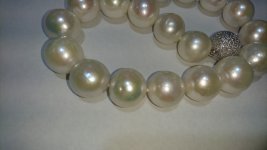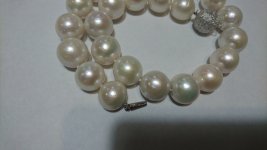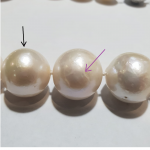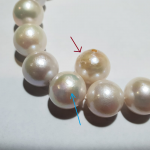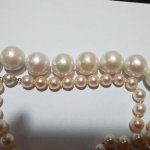Hello all,
Long time lurker, looking to be educated xD
I've recently come into possession of a vintage strand of south sea pearls and they seem rather yellow.
I've heard of akoyas changing colour if stored too long.
Do south sea pearls also yellow if stored too long?
Please see pics.
Long time lurker, looking to be educated xD
I've recently come into possession of a vintage strand of south sea pearls and they seem rather yellow.
I've heard of akoyas changing colour if stored too long.
Do south sea pearls also yellow if stored too long?
Please see pics.

